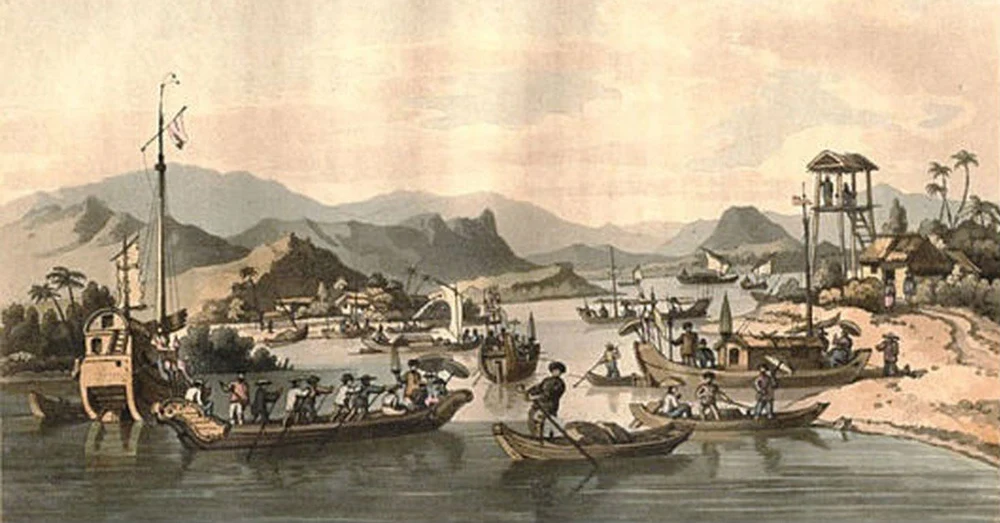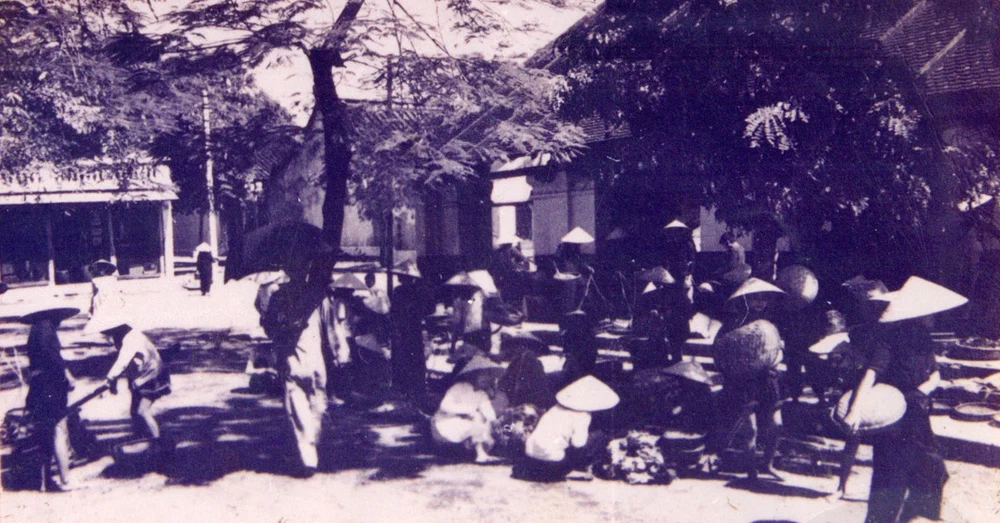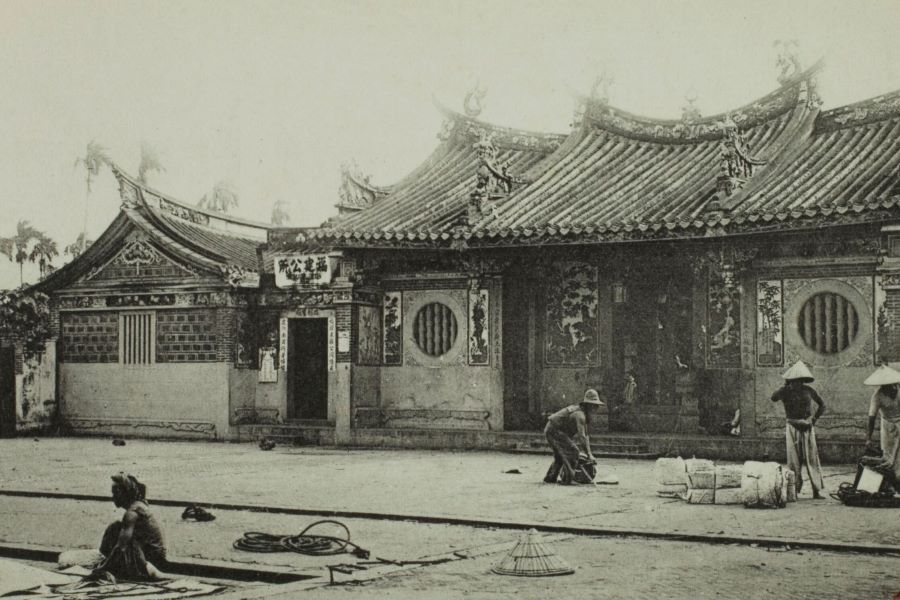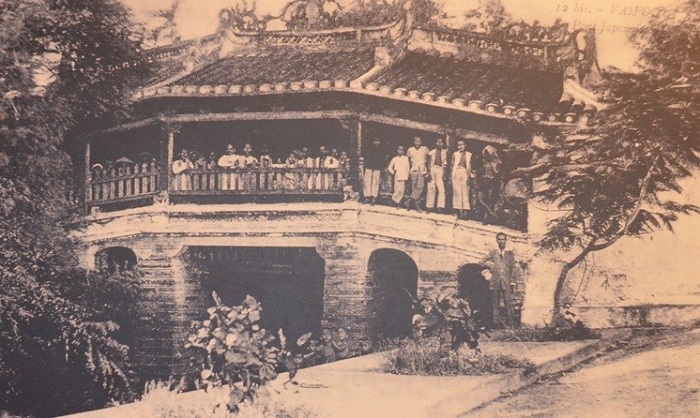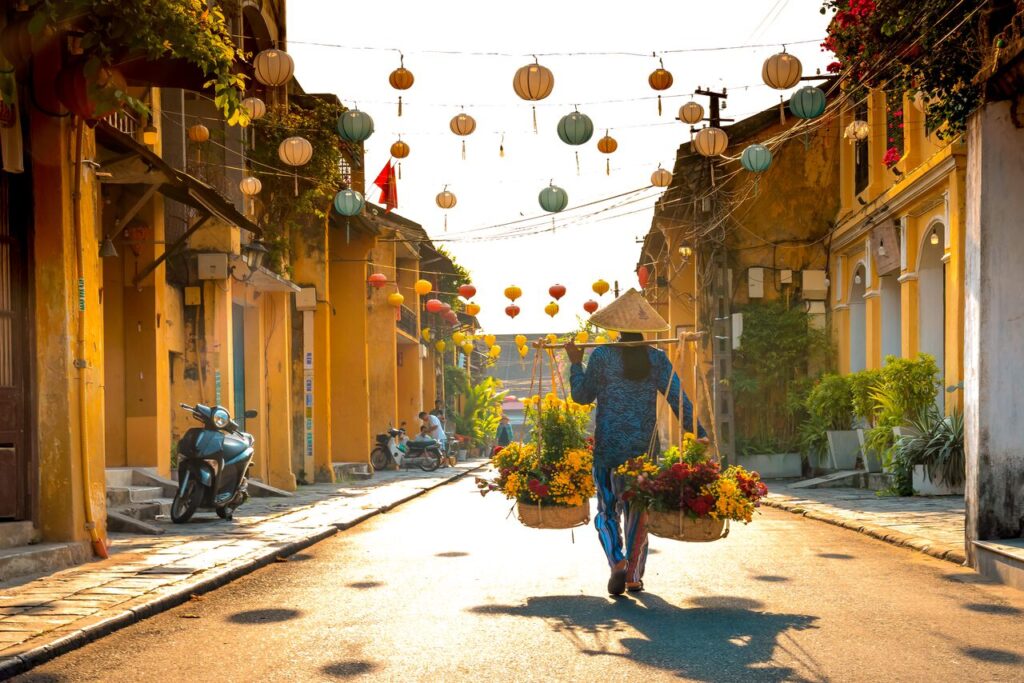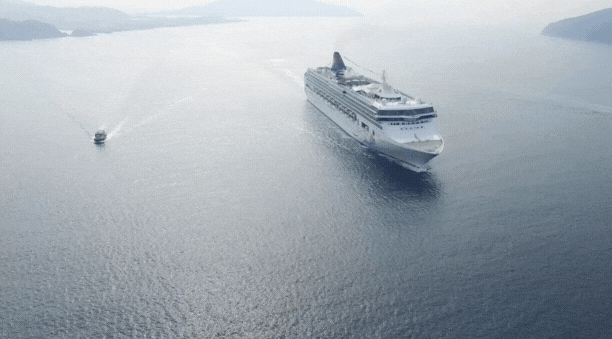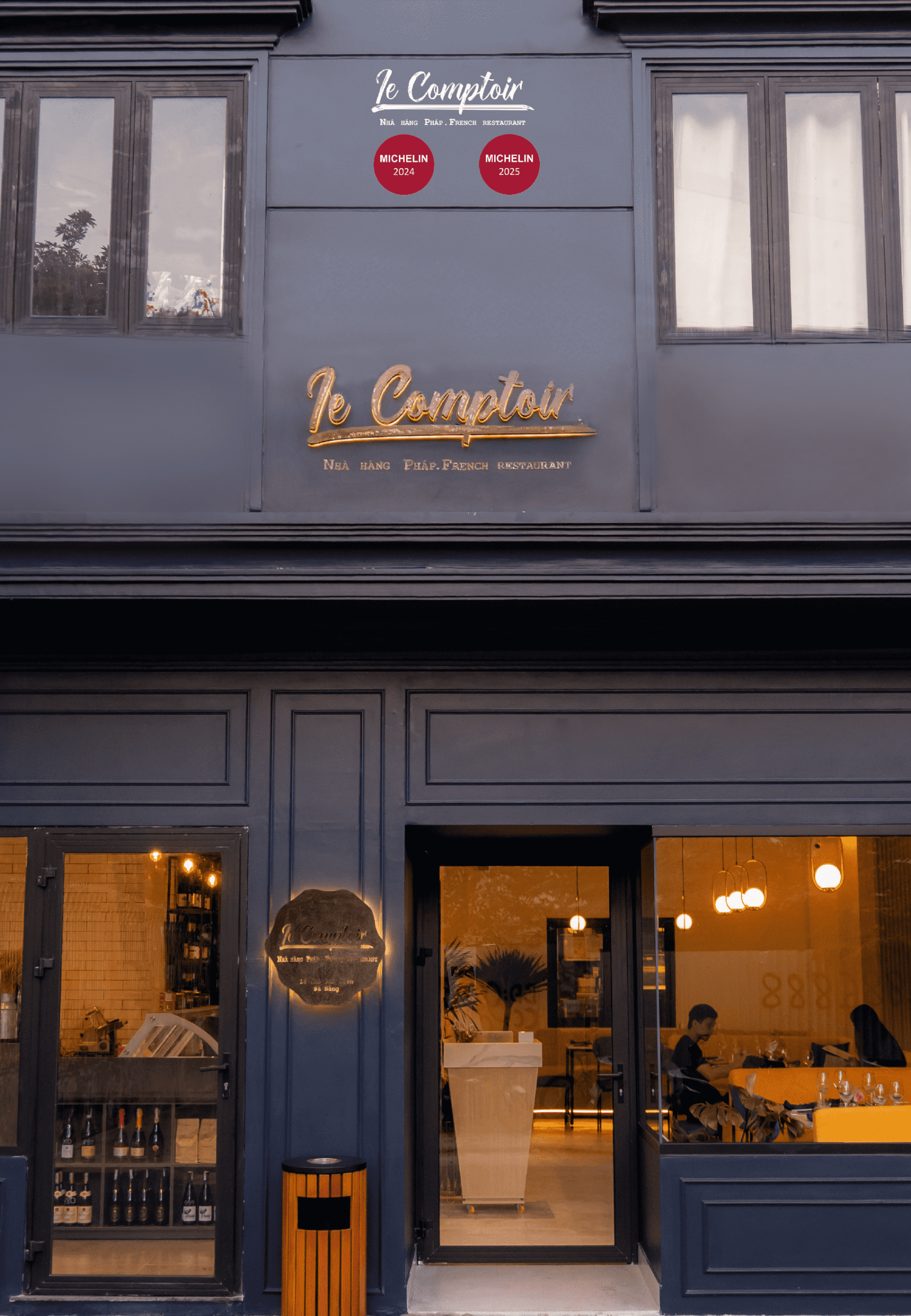Hoi An ancient town, that has been in existence for hundreds of years and combines different features of the lifestyle and cultural heritage of the locals, is in the province of Quang Nam. Few people are aware that from the 16th through the 19th centuries, Hoi An was the richest and busiest commercial port in Asia. The port of Hoi An has conducted business with merchants from China, Japan, and the West as well as the growth of the Silk Road and the ceramic sea road.
Hoi An in history
Hoi An, which is situated on the banks of the Thu Bon River in the province of Quang Nam, has a long history of revolution and culture. It was once the location where “birds wander” on the global market with many names. such as Hoi An, Lam Ap, and Faifo Hoai Pho…
Hoi An has existed and developed the Sa Huynh culture since the beginning of AD because of suitable geographic conditions. Two varieties of Han Dynasty ancient Chinese coins, the Wushu and Wang Mang, have been found by archaeologists. This shows that Hoi An had the ability to grow international trade even more than 2000 years ago.
Hoi An operated as an important harbor for the trade of products between the Champa kingdom’s territories and its neighbors during that time. Diamonds, wood, rice, and seafood make up the majority of the goods shipped by ship. Hoi An has developed into a center for high-tech handicraft production, with pottery, glass, and other handicraft items being the major exports.
Hoi An also developed into a significant religious and cultural capital for the Champa kingdom. Hindus and Buddhists travel to Hoi An to take part in religious festivals and ceremonies, adding to the region’s diversity of cultures and religions.
Hoi An, however, experienced numerous difficulties and attacks by nearby nations throughout the Champa dynasty period, particularly the Khmer Empire and Dai Viet. Hoi An’s growth and the development of the Champa kingdom as a whole were impacted by these battles and wars.
Hoi An in the 9th and 10th centuries
Hoi An was known as Lam Ap Pho during the 9th and 10th centuries when it was a part of the Champa dynasty. Merchants from China, Persia, and Arabia were attracted to this area as it evolved into a major trading port.
Hoi An served as an important harbor for the trade of products between the Champa kingdom’s borders and its neighbors during that time. Hoi An also developed into an important religious and cultural center for the Champa kingdom. Hindus and Buddhists travel to Hoi An to participate in religious festivals and ceremonies, adding to the region’s diversity of cultures and religions. A significant feature in the long-term prosperity of Tra Kieu citadel and My Son’s sacred territory was the port of the Champa people, located in Lam Ap Pho.
Hoi An, however, experienced numerous difficulties and attacks by nearby nations throughout the Champa dynasty period, particularly the Khmer Empire and Dai Viet. Hoi An’s growth and the development of the Champa kingdom as a whole were impacted by these battles and wars.
Due to the time of history and the development of the 9th and 10th century, there is no photos or pictures that are saved.
Hoi An in the 16th to 19th centuries
From the 16th through the 19th centuries, advantageous river and water features, as well as other elements of natural time, geography, and human balance, allowed Hoi An trading port to flourish. In order to conduct business, merchants from China, Japan, India, Siam (Thailand), Portugal, the Netherlands, England, and France came to Hoi An due to the port city’s attractiveness and the which was before the “silk road” and “ceramic road” at sea.
When Portuguese traders first arrived in Hoi An in the 16th century, it was a little harbor with ancient sailing ships. Hoi An did, however, evolve into a significant port due to the growth of trade and the entry of new sailing ships. Hoi An important trading port for products like fabric, rice, seafood, seasonings, and diamonds is a port.
Dutch traders arrived in Hoi An in the late 17th and early 18th century and established trading ties with other organizations in China and Southeast Asia. They created new trade channels and applied unique commercial methods. Hoi An developed became a transit port for products traveling from China to Europe in the 18th century. A large number of Dutch and British ships visited Hoi An and conducted business with Chinese traders.
Hoi An was the most successful town and international trading port in the nation and Southeast Asia at this time, offering a critical economic foundation for the Nguyen kings in Dang Trong. When traders dispatched their agents to wait for a good weather to take advantage and then return, the homes of foreigners, particularly Japanese communities divided from the rest of the commercial port by a bridge.
Unfortunately, the world had switched to other sea routes by the end of the 18th century, and the development of the port of Hoi An was restricted. In particular, the port of Hoi An was no longer deep enough to accept ships with increased depth as they entered Southeast Asia. Due to the reduction in the development of Hoi An, other ports, such as the port of Da Nang, have grown to accommodate the increase in freight.
The Organization started to slowly decline and lose its position around the end of the 19th century as a result of a number of unfavorable events, including King Nguyen’s policy of isolation, the arrival of Da Nang, and French investment in this commercial port. Despite this, there is always a “silver lining”. Hoi An was able to prevent the process of “urbanization” and maintain its distinctive historic urban architectural complex by moving away from the focus of attention.
Hoi An these days
UNESCO designated Hoi An as a World Cultural Heritage Site on December 4, 1999. Hoi An has evolved into the nation’s tourist attraction, supporting not only the central provinces but the entire nation, despite the fact that it is no longer a significant commerce port like it was during its prime. In 2017, Hoi An, Vietnam, was rated 13th out of the top 25 tourist attractions in the world by the renowned travel website TripAdvisor.





![[Hoi An History Part 2] – Run back to the history of Hoi An trading harbor](https://danangleisure.com/wp-content/uploads/2023/05/mi3e88wlt4nfaai6xulf.webp)
